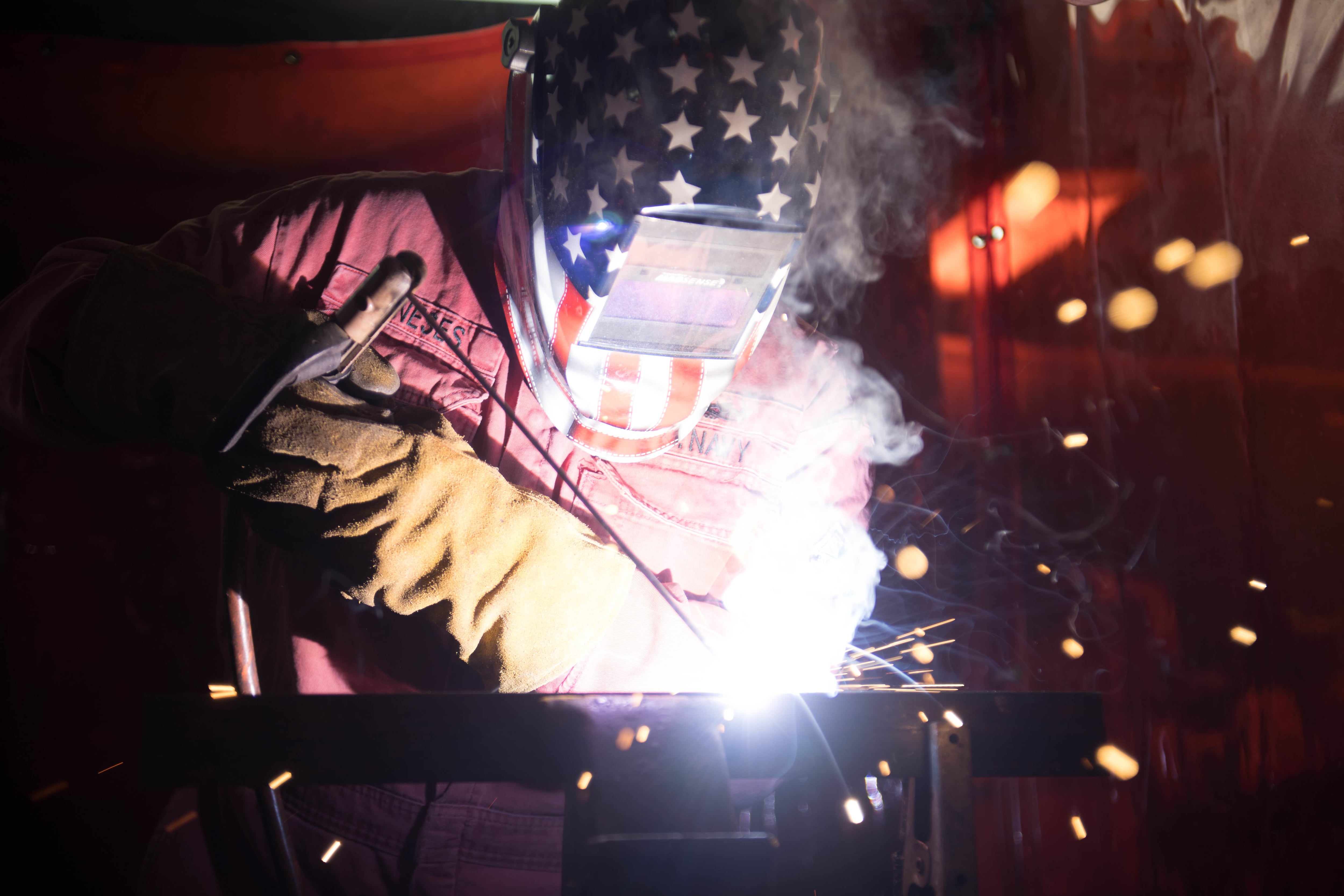As Congress takes up the annual defense budget, it is worth acknowledging the comfort and quality of life to which we are accustomed owes its legacy in no small part to the collaborative force of the greatest public-private partnership in American history: the defense-industrial base.
Those who would downplay this partnership may not fully grasp the extent to which the U.S. has benefited immeasurably beyond its immediate national security needs. From safe and reliable commercial aviation, to cancer research and treatment, to the internet itself, the innovation that has supported our military over the decades have simultaneously enhanced the lives of all Americans.
The advantages accrued by the nation’s investment in technology have not always been readily apparent, and the relationship has not always been easy or straightforward. The U.S. military often has to create an industrial capability where once there was none.
Fortunately, the DNA of the commercial technology sector is directly intertwined into our robust and diverse defense-industrial base. Influencing current innovation ranging from satellite telecommunication to hybrid vehicles, Silicon Valley itself and countless university labs owe their founding to defense investment grants and contracts.
Beyond the qualitative measures of these standout technologies, the defense-industrial base supports one of the largest high-skill and high-wage workforces in the nation. Indeed, the U.S. defense and aerospace industry employs 2.4 million workers with an average salary 44 percent above the national average.
Despite antiquated procurement practices imposed by Congress and successive administrations, today’s industrial base is flexible and resilient and able to meet every U.S. military requirement without fail. By every measure, that is success.
But as the late Sen. John McCain cautioned at the U.S. Chamber of Commerce in 2015, global research and development is more than twice that of the United States, and Chinese R&D levels are projected to surpass the United States by 2022.
As recently noted in the context of U.S. space dominance being under challenge by foreign competitors, we must unharness American ingenuity and allow industry to develop and deploy innovation at increasing speed and efficiency.
RELATED

No different than other industrial sectors, defense companies reorganized and internally reformed over the past few decades. Today, America’s top defense suppliers zealously manage their own compliance and contract performance, rather than relying on government procurement officers to oversee product development milestones and service delivery.
As legislative and executive branch policymakers resolve budget differences over the coming months, it is worth recognizing the broad and diffused impact of such deliberations over the years. From the convenience of weather data and digital photography to omnipresent mobile communications, the innovation of our defense-industrial base has delivered for all Americans.
Christian Zur is executive director for procurement policy at the U.S. Chamber of Commerce and serves as council executive to the chamber’s Procurement and Space Industry Council. Christian specializes in federal agency regulatory and legislative acquisition initiatives.








